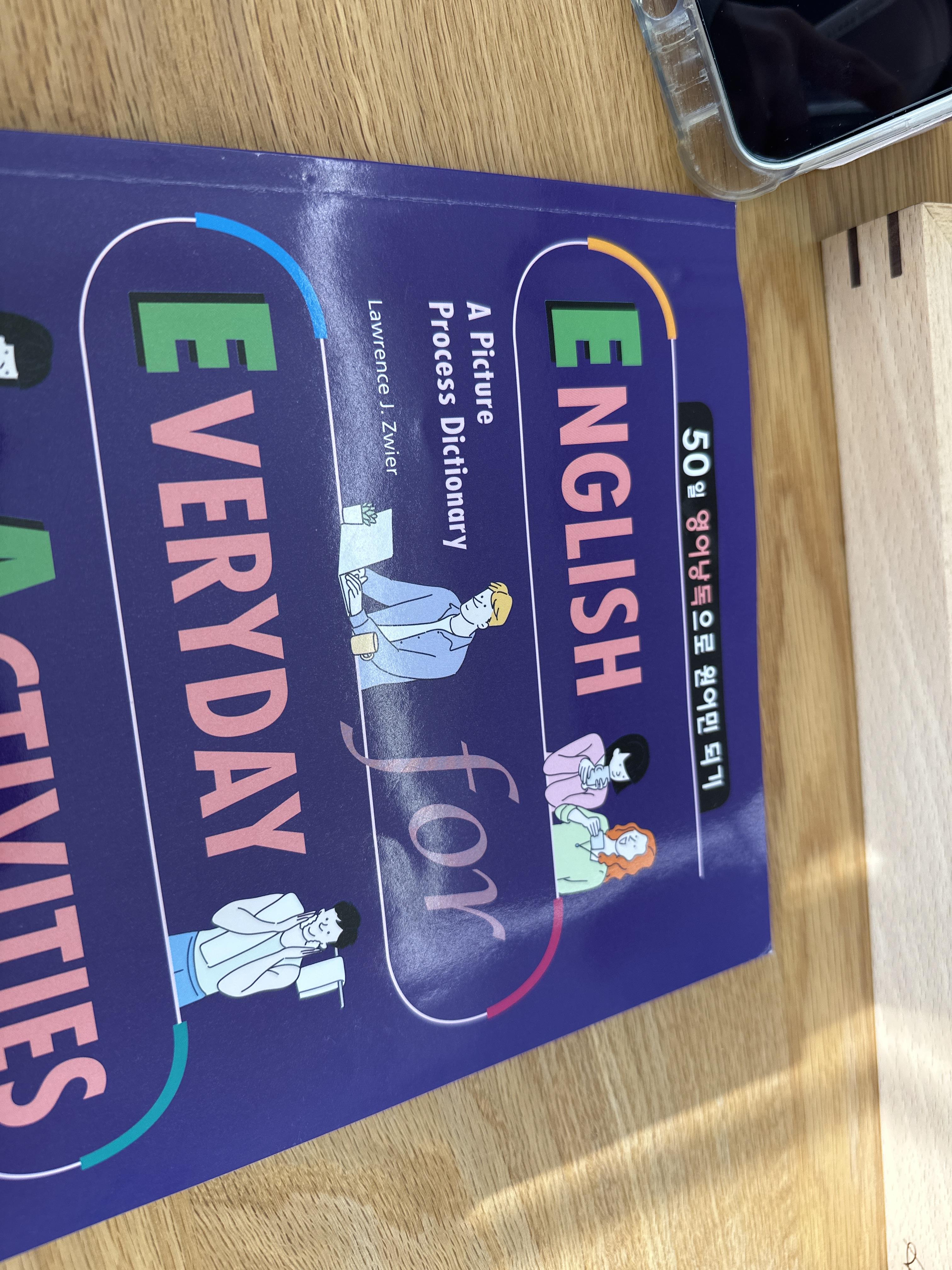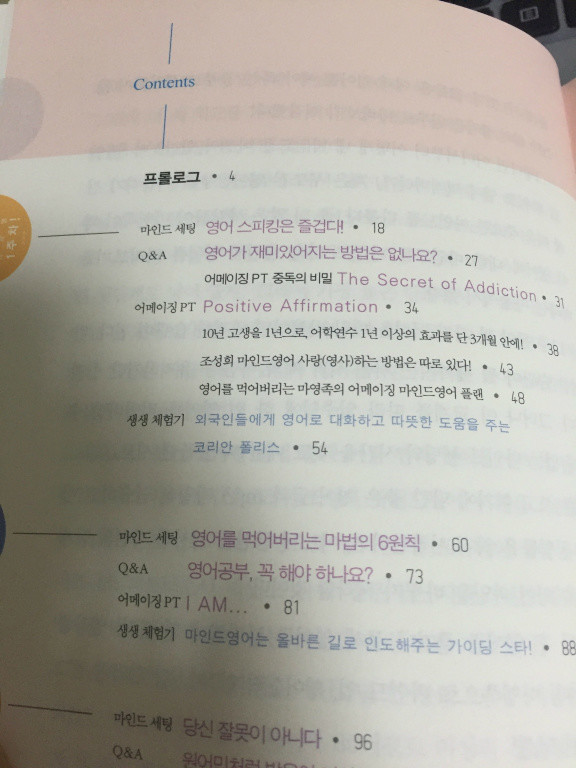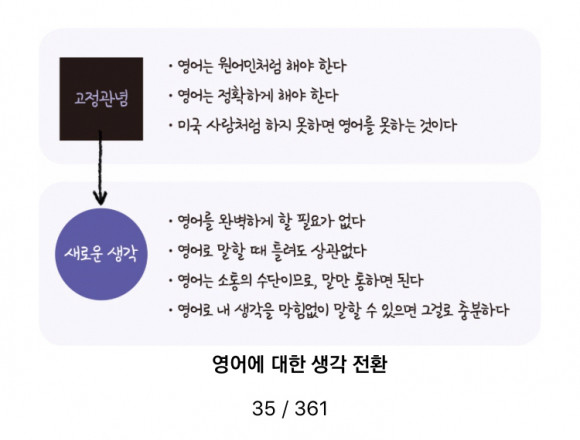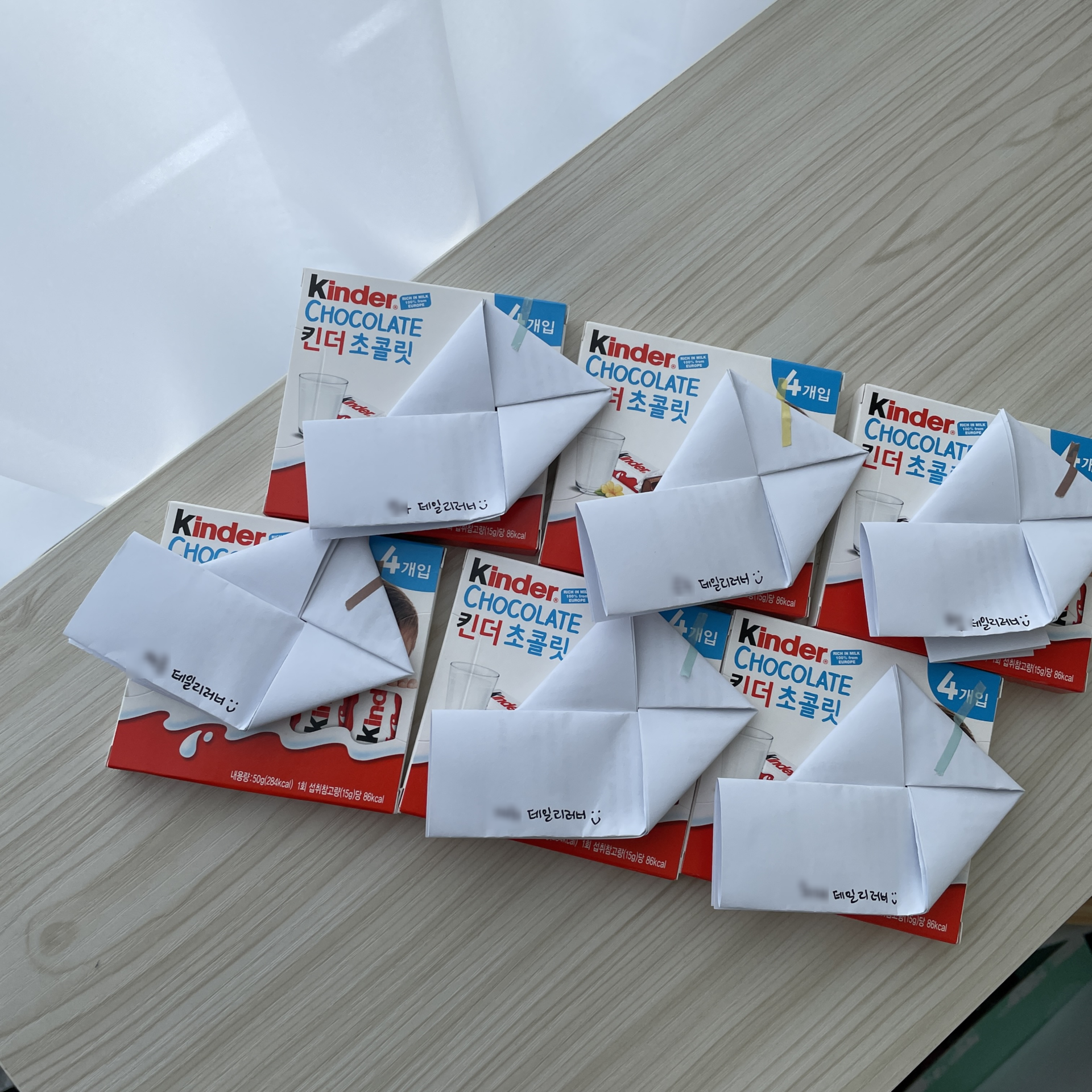동안 영어로
동안 영어로 (korean to english) 표현은 어휘와 문법의 확장을 위한 중요한 부분입니다. 이 표현을 적절히 사용할 수 있다면, 영어 실력을 향상시키는 데 큰 도움이 될 것입니다. 이 글에서는 동안 영어로 표현을 다양한 관점에서 살펴보고, 자연스럽게 활용할 수 있는 방법들을 제시하겠습니다. 또한, 자주 묻는 질문들에 대한 해답도 제공할 것입니다.
영어 문법과 어휘 확장을 위한 핵심 표현들
동안 영어로 표현을 학습하기 전에, 몇 가지 핵심 표현들을 알아보겠습니다. 이러한 표현들을 활용하여 문장을 구성하고, 다양한 맥락에서 동안 표현을 사용할 수 있습니다.
1. During – 동안
2. For – 동안
3. While – 동안
이 표현들은 모두 ‘during’을 번역한 것으로, 어느 정도 서로 바꿔 사용할 수 있습니다. 하지만, 각각의 표현은 약간의 차이점을 가지고 있으므로, 그 차이점을 알아두는 것이 좋습니다.
일상 활용 문장으로 동안 영어 표현 연습하기
동안 영어로 표현을 연습하기 위해 다양한 일상 활용 문장을 만들어보겠습니다. 이러한 문장들은 일상 생활에서 자주 사용되는 표현들로 구성되어 있으며, 동안 영어로 표현을 자연스럽게 사용하는 방법을 익힐 수 있습니다.
1. I read a book during my lunch break.
2. She studied English for two hours.
3. While I was cooking dinner, the phone rang.
4. He listened to music during the commute.
5. We watched a movie for three hours.
이러한 문장들은 동안 영어로 표현을 자연스럽게 사용하는 좋은 예시입니다. 문장의 주어와 동사 사이에 동안 영어로 표현을 적절하게 사용하여, 원하는 의미를 명확하게 전달할 수 있습니다.
과거와 현재 동안 영어 표현에 대한 비교하기
동안 영어로 표현은 과거와 현재 시제에서 조금씩 다른 의미를 가질 수 있습니다. 이러한 차이를 이해하면, 올바른 시제를 선택하여 문장을 구성할 수 있습니다.
과거 동안 영어 표현:
– I studied for five hours yesterday. (어제 5시간 동안 공부했다)
– They watched a movie during their vacation. (휴가 동안 영화를 봤다)
현재 동안 영어 표현:
– She is reading a book during her break. (그녀는 휴식 시간에 책을 읽고 있다)
– We are studying for the exam. (우리는 시험 공부를 하고 있다)
동안 영어 표현을 사용할 때, 시제를 잘 고려하여 문장을 구성하는 것이 중요합니다.
시간 표현과 함께 동안 영어 표현 활용하기
동안 영어로 표현을 활용할 때, 시간 표현과 함께 사용하는 것이 일반적입니다. 이러한 조합을 통해 좀 더 구체적이고 명확한 의미를 전달할 수 있습니다.
일상 활용 문장의 예시를 통해 동안 영어로 표현과 시간 표현의 조합을 살펴보겠습니다.
1. She read a book for two hours yesterday evening. (그녀는 어제 저녁 2시간 동안 책을 읽었다)
2. They practiced basketball during the summer vacation. (그들은 여름 휴가 동안 농구를 연습했다)
3. I listened to music for a while during my morning commute. (나는 아침 출근 시간 동안 잠시 동안 음악을 들었다)
이러한 문장들은 동안 영어로 표현과 시간 표현이 조합되어 자연스럽게 사용되는 예시입니다. 시간과 동안 영어로 표현을 함께 사용하여, 문장의 의미를 명확히 전달할 수 있습니다.
동안 영어 표현의 다양한 사용 사례 살펴보기
동안 영어로 표현은 다양한 상황에서 사용될 수 있습니다. 다음은 일상 생활에서 자주 사용되는 동안 영어로 표현의 사용 사례 몇 가지입니다.
1. During the meeting, everyone was quiet and focused.
2. He texted his friends while waiting for the bus.
3. We traveled to Europe for two weeks.
4. She wrote a report during her lunch break.
5. I take a walk during my lunch hour.
동안 영어로 표현이 이러한 상황에서 자연스럽게 사용될 수 있다는 것을 알 수 있습니다. 이러한 예시들을 통해 다양한 문맥에서 동안 영어로 표현을 활용할 수 있음을 알 수 있습니다.
동안 영어 표현을 활용한 에세이 또는 글쓰기 연습하기
동안 영어로 표현을 연습하기 위해 에세이나 글을 쓰는 것은 좋은 방법입니다. 이를 통해 동안 영어로 표현을 다양하게 활용하는 방법을 학습하고, 자신의 문장 구성 능력을 향상시킬 수 있습니다.
에세이나 글을 연습할 때, 다양한 주제로 다양한 문장들을 작성해보세요. 예를 들면, 여행 경험, 일상 생활 소소한 이야기, 취미와 관련된 주제 등을 활용할 수 있습니다. 동안 영어로 표현을 적절히 활용하며, 문장들을 자연스럽게 이어보세요.
연습과 반복으로 동안 영어 표현 자신있게 사용하기
동안 영어로 표현을 자유롭게 사용하기 위해서는 연습과 반복이 필요합니다. 이 표현을 자주 사용하여 익숙해지고, 자신감을 갖도록 노력해보세요.
일상 대화, 작문, 독해 등 다양한 방법을 통해 동안 영어로 표현을 활용해보세요. 초기에는 어색하고 부자연스러울 수 있지만, 계속해서 사용함으로써 자연스러운 표현으로 향상될 것입니다.
동안이다 칭찬, 동안 meaning, During 예문, For, during 차이, During For while 차이, During 뒤에, During while 차이, During 뜻동안 영어로
여기서는 동안 영어로 표현에 대한 자주 묻는 질문들에 대한 답변을 제공하겠습니다.
1. 동안이다 칭찬은 무엇인가요?
– ‘동안이다’는 한국어에서 흔히 사용되는 표현으로, 어떤 행동을 칭찬하고 싶을 때 사용됩니다. 예를 들어, “너 동안이다!”라고 말하면 상대방을 칭찬하는 의미입니다.
2. 동안이다의 의미는 무엇인가요?
– ‘동안이다’는 “Great job!” 또는 “Well done!”과 같은 영어 표현과 비슷한 의미를 가지고 있습니다. 어떤 행동이 잘 이루어졌을 때 이 표현을 사용하여 상대방을 칭찬할 수 있습니다.
3. During과 For의 차이는 무엇인가요?
– ‘During’과 ‘For’은 모두 동안 영어로 표현을 나타내는 데 사용되지만, 사용 방법에 약간의 차이가 있습니다. ‘During’은 특정 시간, 기간 또는 사건을 가리킬 때 사용되는 반면, ‘For’는 얼마나 오래 동안 일이 일어났는지를 나타내는 데 사용됩니다. 예를 들어, “I read a book during my lunch break”은 “내 점심 시간 동안 책을 읽었다”라는 의미이고, “I read a book for an hour”은 “1시간 동안 책을 읽었다”라는 의미입니다.
4. During과 For while의 차이는 무엇인가요?
– ‘During’과 ‘For while’은 모두 두 행동이 동시에 일어났음을 나타내는 데 사용됩니다. 그러나 ‘During’은 두 행동이 얼마나 오래 동안 동시에 일어났는지를 강조하는 반면, ‘For while’은 두 행동이 얼마나 오랜 시간 동안 동시에 일어났는지를 강조합니다. 예를 들어, “She cooked dinner during her favorite TV show”은 “그녀가 좋아하는 TV 프로그램이 나오는 동안 저녁을 요리했다”라는 의미이고, “She cooked dinner for a while during her favorite TV show”은 “그녀가 좋아하는 TV 프로그램이 나오는 동안 잠시 동안 저녁을 요리했다”라는 의미입니다.
5. During은 어떤 단어와 함께 사용되나요?
– ‘During’은 다른 단어나 구문과 함께 자연스럽게 사용될 수 있습니다. 예를 들어, “during the meeting” (회의 동안), “during my vacation” (휴가 동안), “during the holidays” (휴일 동안)과 같은 표현들이 이에 해당합니다.
6. During과 while의 차이는 무엇인가요?
– ‘During’과 ‘while’은 모두 동안 영어로 표현을 나타내는 데 사용되지만, 의미와 사용 방법에 약간의 차이가 있습니다. ‘During’은 일정한 시간 동안을 강조하는 반면, ‘while’은 두 행동이 동시에 발생하거나 겹치는 상황을 나타내는 데 사용됩니다. 예를 들어, “I read a book during my lunch break”은 “점심 시간 동안 책을 읽었다”라는 의미이고, “I read a book while eating lunch”은 “점심을 먹는 동안 책을 읽었다”라는 의미입니다.
7. During의 뜻은 무엇인가요?
– ‘During’은 한국어에서의 ‘동안’이라는 뜻과 유사합니다. 어떤 사건이나 시간의 일부분을 가리킬 때 사용되며, 어떤 활동이 얼마나 오래 동안 일어났는지를 강조할 때도 사용됩니다.
이러한 동안 영어로 표현에 대한 자주 묻는 질문들의 답변을 통해, 동안 영어로 표현을 적절히 활용하는 방법에 대해 더욱 잘 이해하게 되었을 것입니다. 자주 사용되는 표현들을 익히고, 학습한 내용을 실전에서 자유롭게 활용해보세요. 연습과 반복을 통해 자신감을 갖고 동안 영어 표현을 사용할 수 있을 것입니다.
사용자가 검색한 키워드: 동안 영어로 동안이다 칭찬, 동안 meaning, During 예문, For, during 차이, During For while 차이, During 뒤에, During while 차이, During 뜻
Categories: Top 39 동안 영어로
Omg! You Are 쏘 동안~! 동안은 영어로 뭐라고 할까요? Young Face?🤔
여기에서 자세히 보기: taomalumdongtien.net
동안이다 칭찬
In Korean culture, the act of recognizing and praising someone for their good deeds is highly valued. This practice, known as 동안이다 칭찬 (Donganida Chingcham), plays a significant role in strengthening social interactions, fostering positive relationships, and promoting a harmonious society. In this article, we will delve into the depths of 동안이다 칭찬, exploring its significance, cultural nuances, and how it is practiced in various settings. Additionally, we will address some frequently asked questions (FAQs) to provide a comprehensive understanding of this integral aspect of Korean culture.
Significance of 동안이다 칭찬:
동안이다 (Donganida) refers to the act of observing and being aware of something, while 칭찬 (Chingcham) denotes praise or commendation. Thus, 동안이다 칭찬 conveys the notion of paying attention to and commending good actions. It encompasses acknowledging and appreciating the efforts, achievements, and positive behaviors of individuals. This cultural practice reflects Korean values such as respect, kindness, humility, and consideration for others.
The Power of 동안이다 칭찬:
동안이다 칭찬 is believed to have several significant benefits for both the giver and the recipient of praise. For the receiver, it boosts self-esteem, motivation, and confidence, as well as providing validation for their actions. Regular recognition of good deeds encourages individuals to continue performing admirably and strive for excellence. On the other hand, expressing genuine praise allows the giver to build closer relationships, foster trust, and create a positive atmosphere. It promotes a sense of unity and camaraderie within families, workplaces, and communities.
Cultural Nuances:
In Korean culture, 동안이다 칭찬 is expressed in diverse ways, depending on the situation, the relationship between the individuals, and social norms. Generally, praise is offered in a modest and indirect manner to avoid appearing arrogant or insincere. Politeness and modesty are highly valued virtues, and excessive self-praise is frowned upon. Praising others before praising oneself is considered the norm.
Furthermore, the art of giving compliments in Korea involves being specific and observant. Rather than using generic praise, Koreans tend to pinpoint and commend specific details or actions. For instance, instead of merely saying “You did a great job,” a Korean may say, “Your attention to detail in this project was outstanding, and it really made a difference.”
Practicing 동안이다 칭찬:
동안이다 칭찬 can be observed in various aspects of life, from personal relationships to work environments. In families, parents often praise their children to nurture their self-confidence and encourage positive behavior. Friends also engage in 동안이다 칭찬 to show appreciation for each other’s qualities, achievements, and efforts. It is common for friends to compliment their peers on their looks, style, or intelligence.
In a professional setting, 동안이다 칭찬 plays a crucial role in building a positive workplace culture. Colleagues frequently acknowledge the hard work, skills, and contributions of their team members, fostering a supportive environment and enhancing productivity. Employers or supervisors often express recognition and gratitude to motivate and reward employees for their dedication.
FAQs about 동안이다 칭찬:
Q1: Are there any specific occasions when 동안이다 칭찬 is practiced?
A1: 동안이다 칭찬 can be practiced at any time and in various situations. It is not limited to specific occasions but rather encouraged as an ongoing practice to promote positive behavior.
Q2: How can I give 동안이다 칭찬 effectively?
A2: To give effective 동안이다 칭찬, be observant, specific, and sincere. Pay attention to the details of the good deed, and express your admiration genuinely and modestly.
Q3: Is 동안이다 칭찬 only practiced in Korea?
A3: While 동안이다 칭찬 is deeply rooted in Korean culture, recognizing and praising good deeds is a universal practice. However, the specific cultural nuances and expressions may vary across different societies.
Q4: Can 동안이다 칭찬 be viewed as excessive flattery?
A4: No, 동안이다 칭찬 is not seen as excessive flattery as long as it is genuine, specific, and modest. Insincere or overly exaggerated compliments may be viewed with suspicion.
In conclusion, 동안이다 칭찬, the act of recognizing and encouraging good deeds, holds significant value in Korean culture. It promotes positive relationships, fosters a supportive atmosphere, and boosts individual confidence. By understanding the cultural nuances and importance of 동안이다 칭찬, we can appreciate the power and impact of acknowledging and praising the actions of others. So, let us all strive to practice 동안이다 칭찬 in our daily lives and build a more harmonious and encouraging society.
동안 Meaning
In the Korean language, there are numerous particles that help convey different nuances and meanings in a sentence. One such particle is “동안” which can be translated as “while,” “during,” or “as long as” in English. Understanding the proper usage of this particle is crucial for anyone learning the Korean language. In this article, we will explore the meaning and various usages of “동안” in depth, providing clarity and examples along the way.
Meaning and Basic Usage:
“동안” is a noun modifier that is used to indicate a span of time or duration during which an action or state occurs. It implies a temporal connection between two actions or states in a sentence, implying that the activities or situations occur simultaneously or in parallel. For example, in the sentence “나는 밥을 먹는 동안, 친구가 왔다” (While I was eating, my friend came), “동안” connects the action of eating and the event of the friend’s arrival, suggesting they happened concurrently.
Grammar Points and Sentence Structure:
To use “동안,” we need to determine the noun or verb that describes the duration, ensuring that it directly precedes the particle. Furthermore, “동안” must be followed by a verb or verb phrase to describe the action or state accompanying the duration. Let’s examine this in two separate sentence formations.
1. Noun + 동안 + Verb/Verb Phrase:
In this sentence structure, a noun that refers to the duration is placed before “동안,” followed by the verb or verb phrase that occurs within that specific timeframe. Take the example sentence, “시험 기간 동안, 열심히 공부한다” (I study hard during the exam period). Here, “시험 기간” (exam period) functions as the noun describing the duration, and “동안” connects it with the verb phrase “열심히 공부한다” (study hard).
2. Verb/Verb Phrase + 동안:
Alternatively, “동안” can be used after a verb or verb phrase to express the duration during which the action or state occurs. For instance, consider “잠이 드는 동안, 꿈을 꿨다” (While I was sleeping, I had a dream). Here, the verb “잠이 드는” (sleeping) is connected to the noun “동안” to signify the duration, and the subsequent verb phrase “꿈을 꿨다” (had a dream) describes the action happening simultaneously.
Expanded Usages:
1. Indicating a Temporary Action:
Apart from connecting two simultaneous actions, “동안” can also be used to suggest an action that is performed temporarily or for a specific period. For example, in the sentence “여행 동안에는 스마트폰을 쓰지 않겠어요” (I won’t use my phone during the trip), “동안” conveys the idea of temporarily refraining from phone usage for the duration of the trip.
2. Establishing a Cause-Effect Relationship:
In certain cases, “동안” can be utilized to highlight the cause-effect relationship between a situation and its subsequent outcome. Consider the sentence “비가 오는 동안 영화를 보았다” (I watched a movie while it was raining). Here, “동안” connects the action of watching a movie with the condition of rain, indicating that the activity occurred due to the rainy weather.
FAQs:
Q: Can “동안” only be used for past actions?
A: No, “동안” can be used to describe both past and present actions or states. The tense of the verb or verb phrase that follows “동안” determines the temporal context of the sentence.
Q: Is “동안” equivalent to the English word “while” in every context?
A: While “동안” is often translated as “while,” it may not always be an exact equivalent. Other translations like “as long as,” “during,” or “as” could be more appropriate depending on the specific sentence or context.
Q: Can “동안” be used for future actions or durations?
A: No, “동안” does not usually refer to actions or durations in the future. In such cases, other expressions like “동안에” or “동안까지” may be used to indicate future events or timeframes.
Q: Are there any similar particles to “동안” in Korean?
A: Yes, there are similar particles like “동안에” and “사이” that convey similar meanings. However, their usage and nuances can differ, so it’s important to understand their distinctions.
In conclusion, “동안” is a versatile particle in Korean that establishes a temporal connection between actions or states. By correctly utilizing “동안,” learners of Korean can express durations, simultaneous events, temporary actions, or causative relationships within their sentences. As with any new language, practice and exposure to different contextual examples will solidify one’s understanding of “동안” and enable its accurate use in conversation or writing.
주제와 관련된 이미지 동안 영어로

동안 영어로 주제와 관련된 이미지 37개를 찾았습니다.

![DoENG 생활영어] #8 동안? 노안? 영어로 어떻게 표현할까? (A baby face!) : 네이버 블로그 Doeng 생활영어] #8 동안? 노안? 영어로 어떻게 표현할까? (A Baby Face!) : 네이버 블로그](https://mblogthumb-phinf.pstatic.net/MjAyMDA5MjJfMTIg/MDAxNjAwNzAyNjczNTQ1.6kiuuECPBdYwLFBYo2xMoUW07SoUHc75kOXZibvLfgQg.BbXN_srg-dIWkjgaoJlKMP5mMJKm5fFQzB9Iqknbdwcg.JPEG.doeng-official/re16.jpg?type=w800)

![부모학교 LIVE] 부모학교 Live]](https://i.ytimg.com/vi/J_F451sfJwU/maxresdefault.jpg)







![서평단 모집]『영어 프레젠테이션 절대 공식』 | YES24 블로그 - 내 삶의 쉼표 서평단 모집]『영어 프레젠테이션 절대 공식』 | Yes24 블로그 - 내 삶의 쉼표](https://image.yes24.com/blogimage/blog/r/e/reviewers/IMG_23031011.jpg)
![영어어원사전] 어근 journ-으로 영어단어 공부하기 (라틴어 어원; diurnalis, dies) 영어어원사전] 어근 Journ-으로 영어단어 공부하기 (라틴어 어원; Diurnalis, Dies)](https://blog.kakaocdn.net/dn/bDFRaI/btrndorR1by/trKJPRYAD1t7FoKVqLxq2k/img.png)


![002 ] 일상을 영어로 말하기 - 002 ] 일상을 영어로 말하기 -](https://i.ytimg.com/vi/dgAixv95nUw/maxresdefault.jpg)









![책선물] NEAT, TOEIC, TEPS, OPIC, 영어면접! 영어 30초 스피킹 훈련으로 준비하세요! | YES24 블로그 - 내 삶의 쉼표 책선물] Neat, Toeic, Teps, Opic, 영어면접! 영어 30초 스피킹 훈련으로 준비하세요! | Yes24 블로그 - 내 삶의 쉼표](https://image.yes24.com/blogimage/blog/e/s/esaramin/20120406094408154449.jpg)











Article link: 동안 영어로.
주제에 대해 자세히 알아보기 동안 영어로.